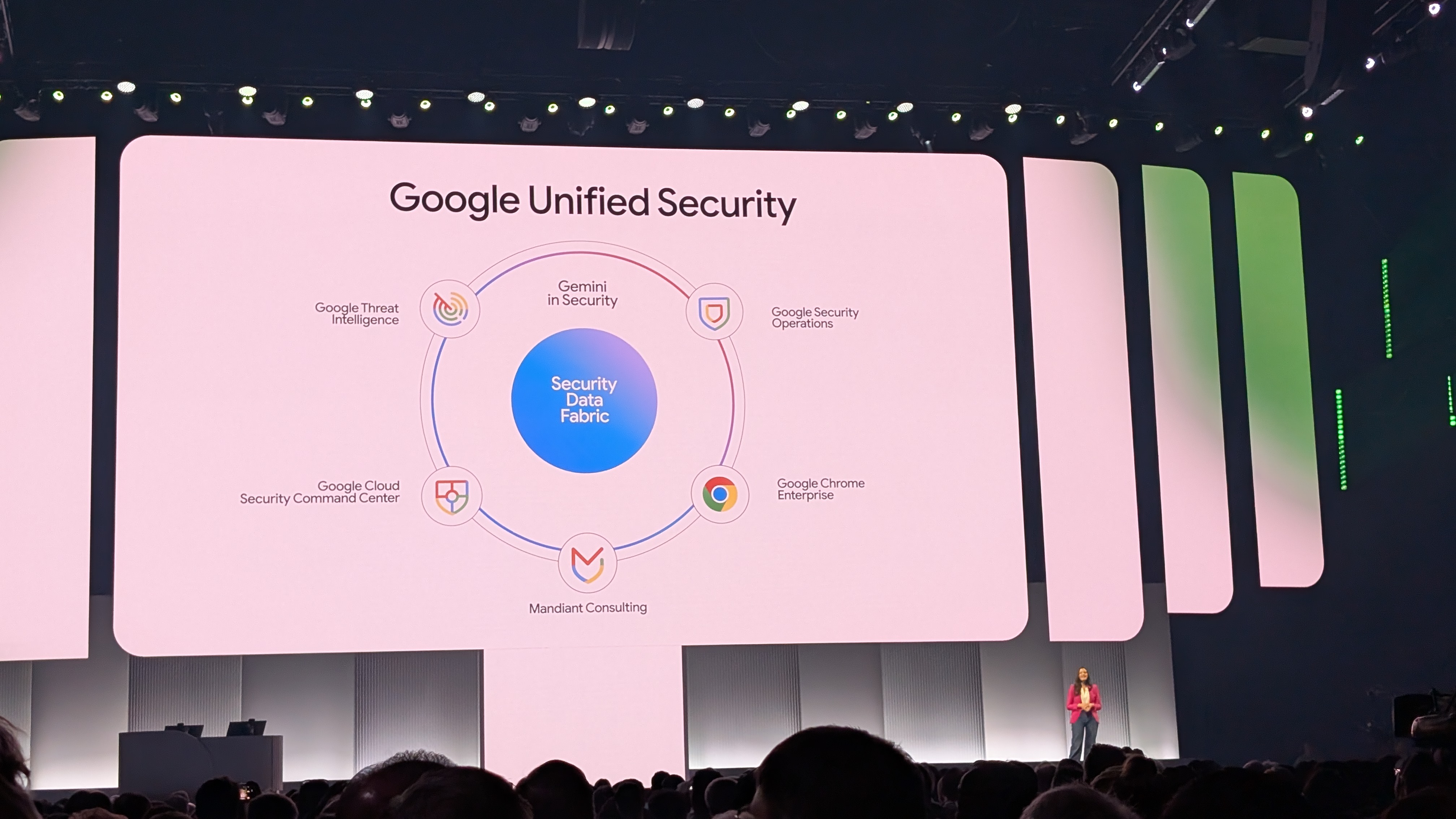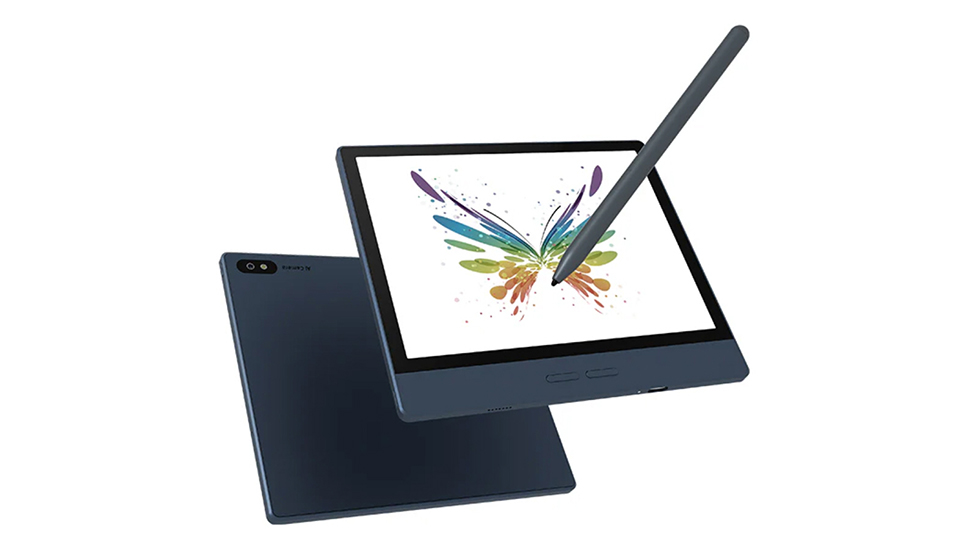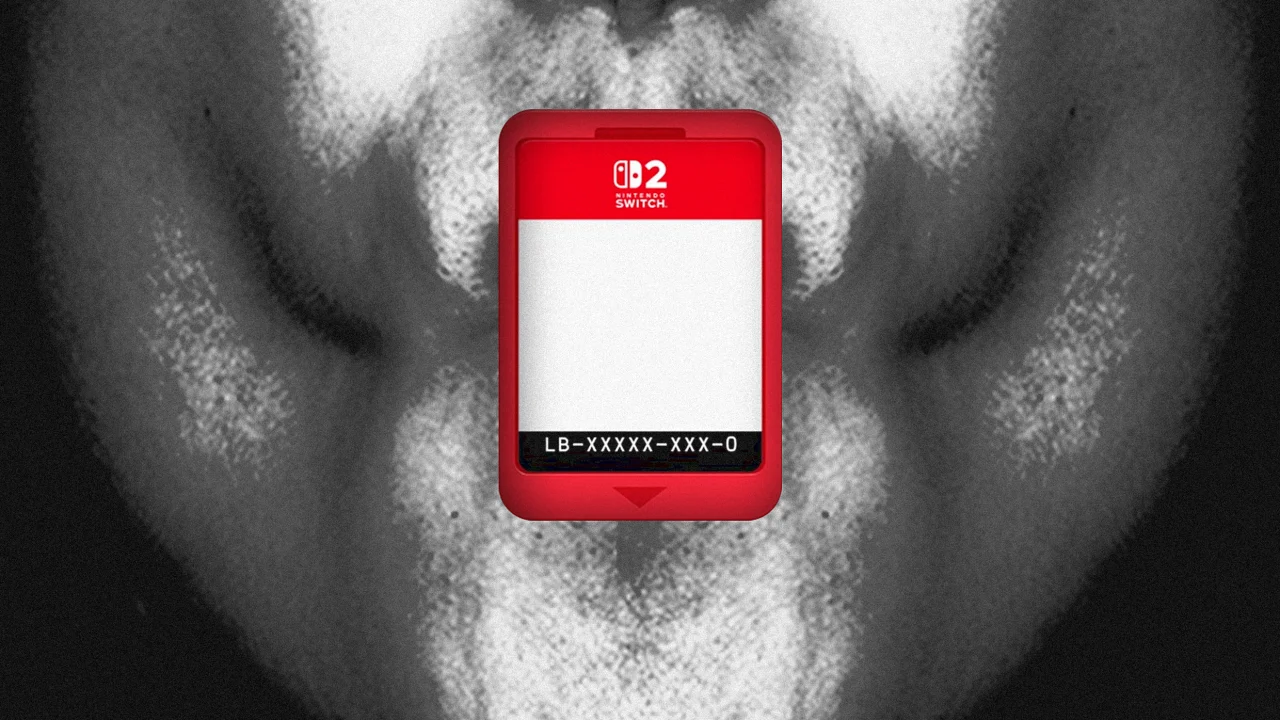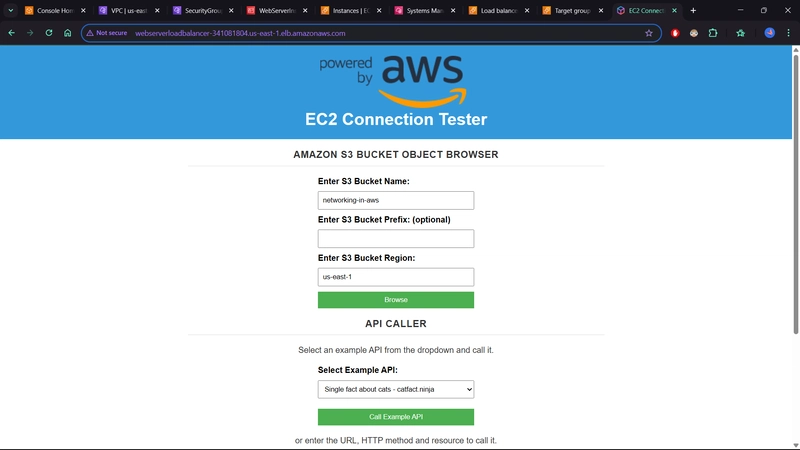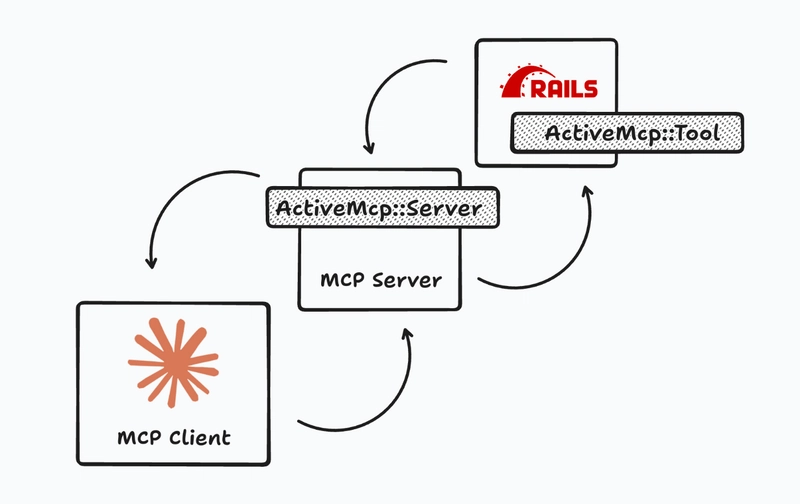Service-Oriented Architecture (SOA) for Developers
SOA is a software design approach where applications are built using discrete, reusable services. Each service represents a specific business function and communicates with other services over a network. These services operate independently, allowing developers to compose applications dynamically by integrating multiple services. Real-World Example Imagine an e-commerce platform where different services handle user authentication, order management, payment processing, and shipping. Instead of building these features as one monolithic system, SOA allows developers to create separate, modular services that can be reused across multiple applications. This means an authentication service used in the e-commerce app can also be leveraged by a mobile banking app without rewriting code. Benefits of SOA SOA provides several advantages over monolithic architectures, making it a preferred choice for scalable applications: 1. Rapid Development and Deployment Since services are reusable, developers can build applications faster by integrating existing services rather than coding everything from scratch. 2. Scalability and Flexibility Individual services can be scaled independently, ensuring that high-demand services receive more resources without affecting other parts of the system. 3. Easier Maintenance and Debugging Small, well-defined services are easier to update, test, and debug compared to a large, tightly coupled codebase. 4. Technology Agnostic SOA allows different services to be written in various programming languages, enabling seamless integration across heterogeneous environments. Core Principles of SOA 1. Interoperability Services communicate using standardized interfaces, making it possible for applications built with different technologies to work together. 2. Loose Coupling Services have minimal dependencies on one another, allowing for independent updates and reducing the risk of widespread failures. 3. Service Abstraction The internal implementation of a service remains hidden from the consumer, exposing only the necessary details through service contracts. 4. Granularity Services should be designed with appropriate levels of granularity—small enough to be reusable yet large enough to provide meaningful business functionality. Key Components of SOA 1. Services These are the fundamental building blocks of SOA, providing specific business functionalities such as authentication, billing, or notifications. Service Implementation: The underlying logic that executes the business function. Service Contract: Defines how consumers interact with the service. Service Interface: The exposed API or endpoint through which the service is accessed. 2. Service Provider The entity that develops, maintains, and exposes services for use by other applications. 3. Service Consumer Any application, system, or other service that calls and interacts with a service. 4. Service Registry A directory that keeps track of available services, allowing service consumers to discover and connect to them dynamically. How SOA Works SOA follows a request-response model where a service consumer sends a request to a service provider, which then processes the request and returns the necessary data or executes an operation. For example, a booking system might send a request to a payment service to process a transaction. The payment service validates the request, communicates with a bank API, and returns a success or failure response. Communication Protocols in SOA Services in SOA communicate over various protocols, such as: SOAP (Simple Object Access Protocol) REST (Representational State Transfer) Apache Thrift Message Queues (ActiveMQ, RabbitMQ, JMS) The Role of an ESB in SOA An Enterprise Service Bus (ESB) acts as a middleware layer that facilitates communication between different services. It standardizes data formats, manages message routing, and ensures interoperability across diverse systems. Benefits of ESB Centralized message transformation and routing Simplifies service discovery and integration Enhances security with access control mechanisms Limitations of ESB Introduces a potential single point of failure Can become a bottleneck if not properly optimized Challenges in Implementing SOA Despite its benefits, SOA comes with some challenges: 1. Complexity and Overhead Managing multiple services and their interactions requires robust monitoring and orchestration tools. 2. Increased Interdependencies Poorly designed service interactions can lead to performance bottlenecks and circular dependencies. 3. Performance Considerations Network latency and communication overhead can impact system performance, especially if too

SOA is a software design approach where applications are built using discrete, reusable services.
Each service represents a specific business function and communicates with other services over a network.
These services operate independently, allowing developers to compose applications dynamically by integrating multiple services.
Real-World Example
Imagine an e-commerce platform where different services handle user authentication, order management, payment processing, and shipping.
Instead of building these features as one monolithic system, SOA allows developers to create separate, modular services that can be reused across multiple applications.
This means an authentication service used in the e-commerce app can also be leveraged by a mobile banking app without rewriting code.
Benefits of SOA
SOA provides several advantages over monolithic architectures, making it a preferred choice for scalable applications:
1. Rapid Development and Deployment
Since services are reusable, developers can build applications faster by integrating existing services rather than coding everything from scratch.
2. Scalability and Flexibility
Individual services can be scaled independently, ensuring that high-demand services receive more resources without affecting other parts of the system.
3. Easier Maintenance and Debugging
Small, well-defined services are easier to update, test, and debug compared to a large, tightly coupled codebase.
4. Technology Agnostic
SOA allows different services to be written in various programming languages, enabling seamless integration across heterogeneous environments.
Core Principles of SOA
1. Interoperability
Services communicate using standardized interfaces, making it possible for applications built with different technologies to work together.
2. Loose Coupling
Services have minimal dependencies on one another, allowing for independent updates and reducing the risk of widespread failures.
3. Service Abstraction
The internal implementation of a service remains hidden from the consumer, exposing only the necessary details through service contracts.
4. Granularity
Services should be designed with appropriate levels of granularity—small enough to be reusable yet large enough to provide meaningful business functionality.
Key Components of SOA
1. Services
These are the fundamental building blocks of SOA, providing specific business functionalities such as authentication, billing, or notifications.
- Service Implementation: The underlying logic that executes the business function.
- Service Contract: Defines how consumers interact with the service.
- Service Interface: The exposed API or endpoint through which the service is accessed.
2. Service Provider
The entity that develops, maintains, and exposes services for use by other applications.
3. Service Consumer
Any application, system, or other service that calls and interacts with a service.
4. Service Registry
A directory that keeps track of available services, allowing service consumers to discover and connect to them dynamically.
How SOA Works
SOA follows a request-response model where a service consumer sends a request to a service provider, which then processes the request and returns the necessary data or executes an operation.
For example, a booking system might send a request to a payment service to process a transaction.
The payment service validates the request, communicates with a bank API, and returns a success or failure response.
Communication Protocols in SOA
Services in SOA communicate over various protocols, such as:
- SOAP (Simple Object Access Protocol)
- REST (Representational State Transfer)
- Apache Thrift
- Message Queues (ActiveMQ, RabbitMQ, JMS)
The Role of an ESB in SOA
An Enterprise Service Bus (ESB) acts as a middleware layer that facilitates communication between different services.
It standardizes data formats, manages message routing, and ensures interoperability across diverse systems.
Benefits of ESB
- Centralized message transformation and routing
- Simplifies service discovery and integration
- Enhances security with access control mechanisms
Limitations of ESB
- Introduces a potential single point of failure
- Can become a bottleneck if not properly optimized
Challenges in Implementing SOA
Despite its benefits, SOA comes with some challenges:
1. Complexity and Overhead
Managing multiple services and their interactions requires robust monitoring and orchestration tools.
2. Increased Interdependencies
Poorly designed service interactions can lead to performance bottlenecks and circular dependencies.
3. Performance Considerations
Network latency and communication overhead can impact system performance, especially if too many services rely on synchronous calls.
SOA vs. Microservices
While SOA and microservices share similarities, microservices take the concept of modularity further by:
- Favoring fine-grained services with single-responsibility principles.
- Using lightweight communication protocols (e.g., REST over HTTP instead of SOAP).
- Decentralizing data storage, ensuring each microservice owns its data.
Key Differences
| Feature | SOA | Microservices |
|---|---|---|
| Service Size | Coarse-grained | Fine-grained |
| Communication | ESB, SOAP, REST | Lightweight APIs (REST, gRPC) |
| Data Management | Shared database | Independent databases |
| Deployment | Centralized | Decentralized |
Final Thoughts
Service-Oriented Architecture provides a structured approach to building modular applications, enabling better scalability, flexibility, and maintainability.
However, developers must carefully design their services to balance granularity, coupling, and communication efficiency.
While microservices have gained popularity, SOA remains a viable architectural choice for enterprises looking to modernize their software infrastructure without fully transitioning to a microservices model.
Ready to implement SOA?
Start by identifying reusable business functionalities, designing independent services, and choosing the right communication protocols for seamless integration.
I’ve been actively working on a super-convenient tool called LiveAPI.
LiveAPI helps you get all your backend APIs documented in a few minutes
With LiveAPI, you can quickly generate interactive API documentation that allows users to execute APIs directly from the browser.
If you’re tired of manually creating docs for your APIs, this tool might just make your life easier.

























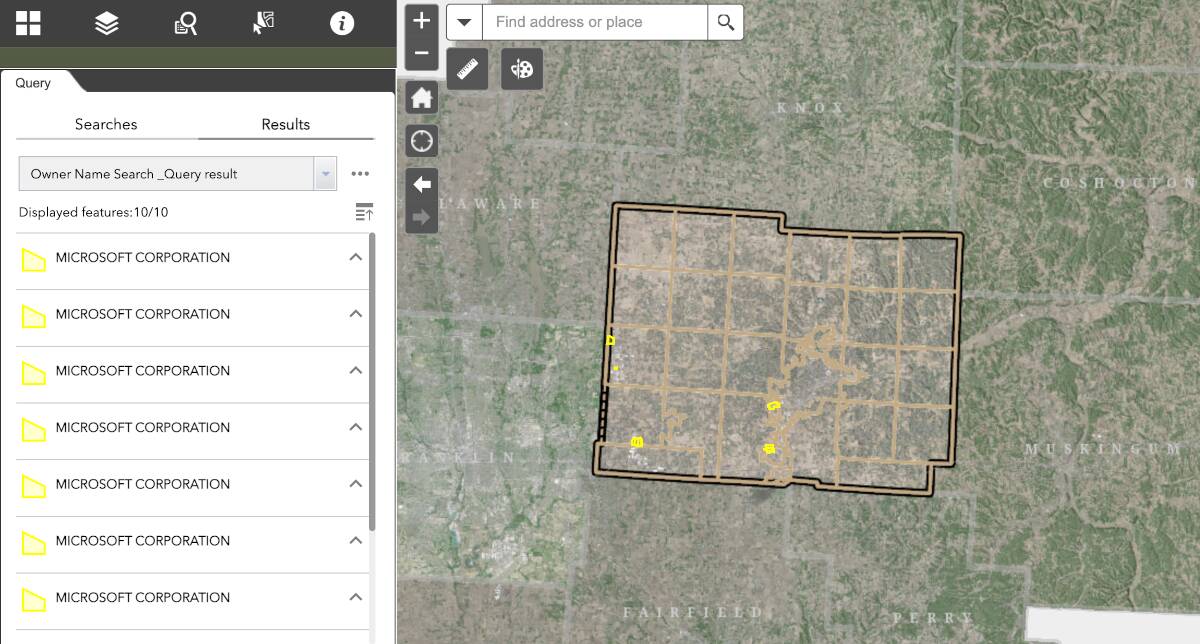










































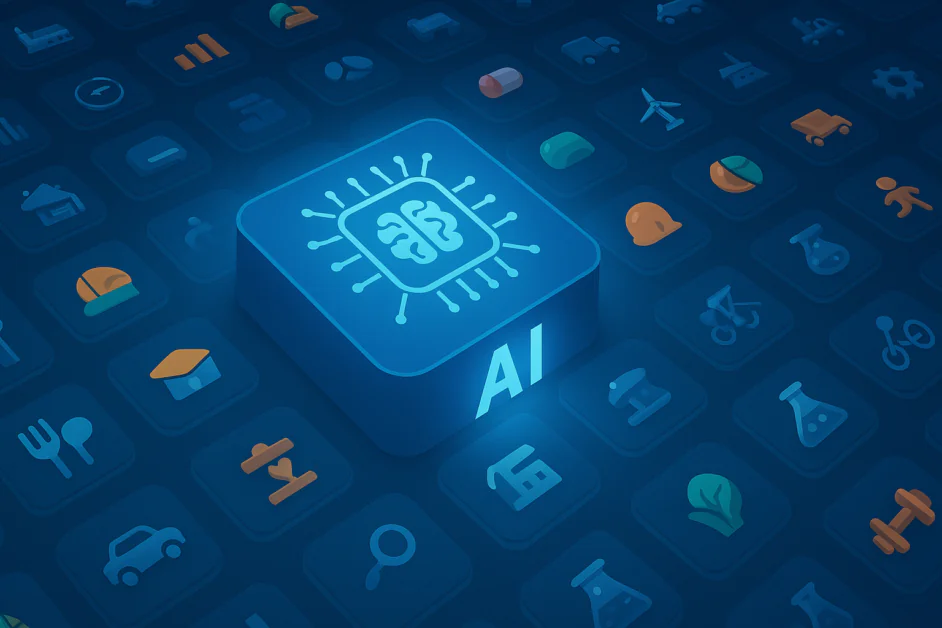




































































































![[The AI Show Episode 143]: ChatGPT Revenue Surge, New AGI Timelines, Amazon’s AI Agent, Claude for Education, Model Context Protocol & LLMs Pass the Turing Test](https://www.marketingaiinstitute.com/hubfs/ep%20143%20cover.png)


















































































































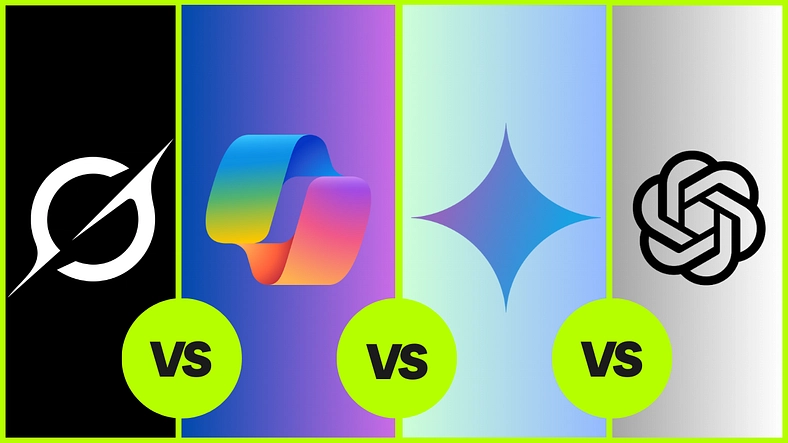
















![From drop-out to software architect with Jason Lengstorf [Podcast #167]](https://cdn.hashnode.com/res/hashnode/image/upload/v1743796461357/f3d19cd7-e6f5-4d7c-8bfc-eb974bc8da68.png?#)











































.jpeg?#)

































































-11.11.2024-4-49-screenshot.png?width=1920&height=1920&fit=bounds&quality=70&format=jpg&auto=webp#)






















_jvphoto_Alamy.jpg?#)





.png?#)
















































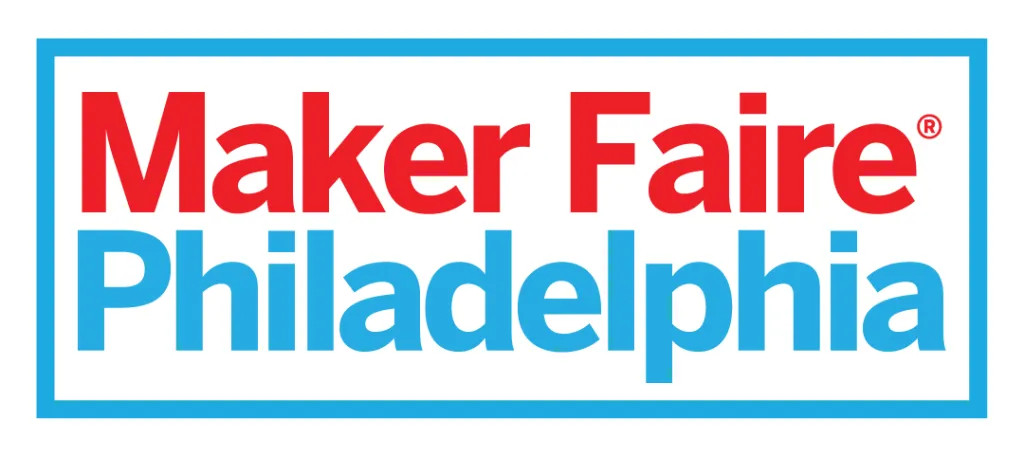
















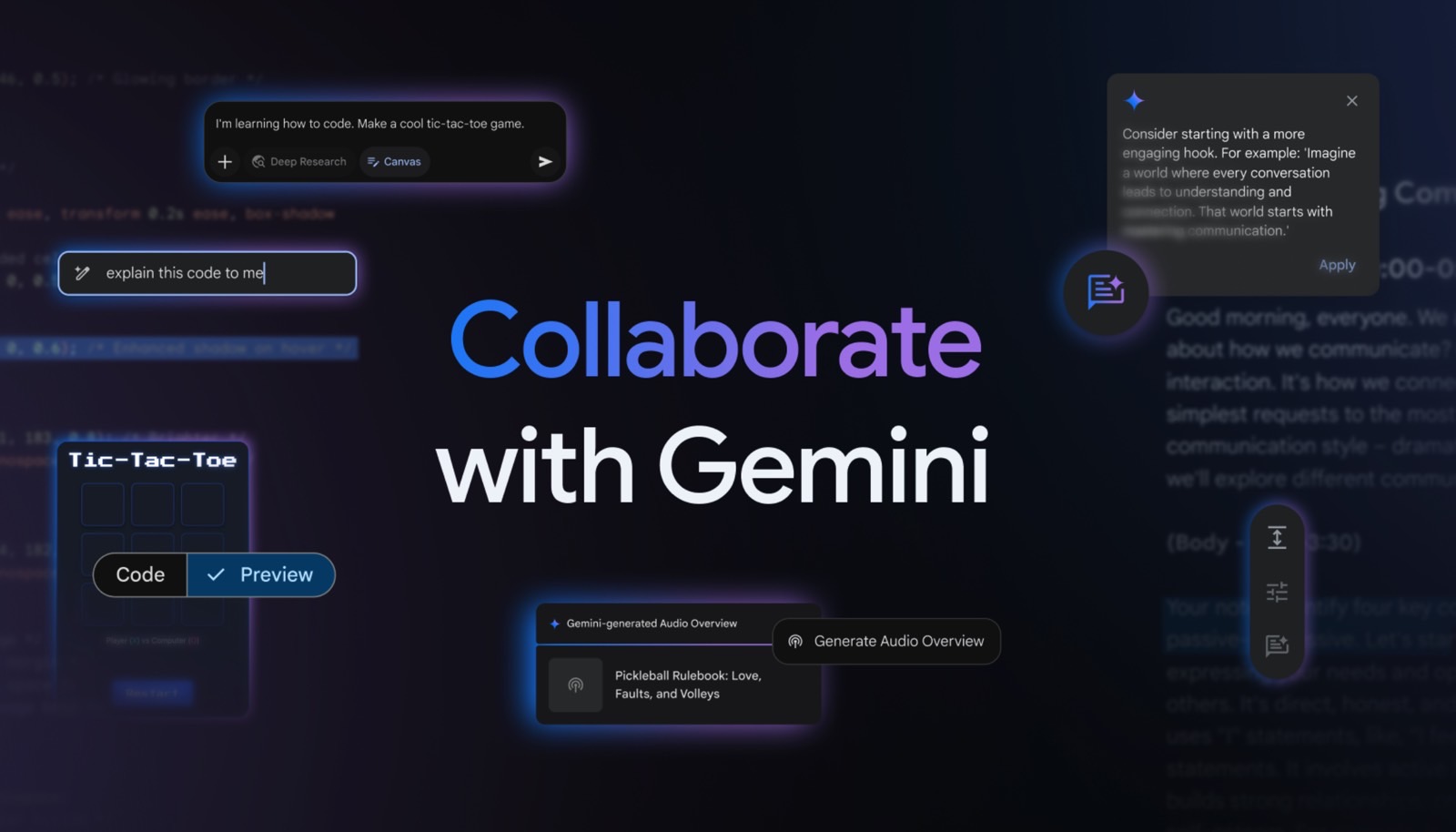
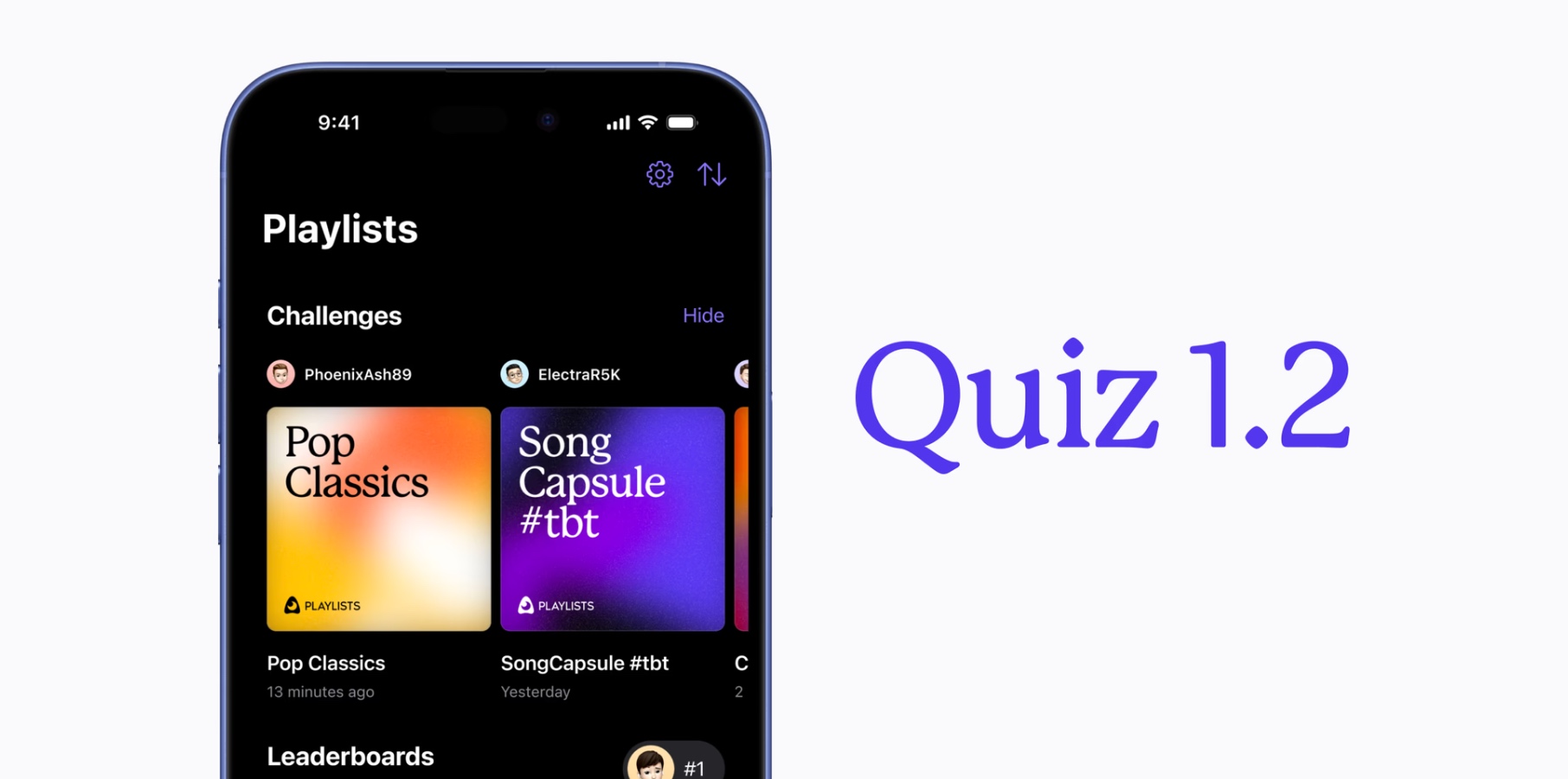



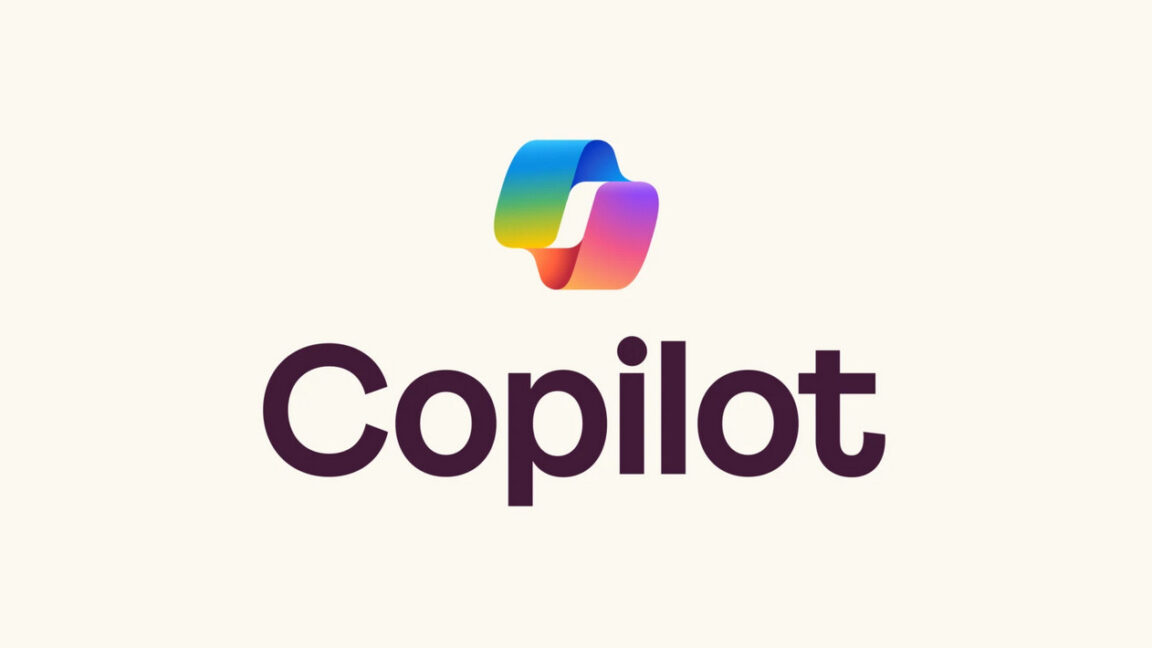































![Apple Debuts Official Trailer for 'Murderbot' [Video]](https://www.iclarified.com/images/news/96972/96972/96972-640.jpg)
![Alleged Case for Rumored iPhone 17 Pro Surfaces Online [Image]](https://www.iclarified.com/images/news/96969/96969/96969-640.jpg)

![Apple Rushes Five Planes of iPhones to US Ahead of New Tariffs [Report]](https://www.iclarified.com/images/news/96967/96967/96967-640.jpg)
















